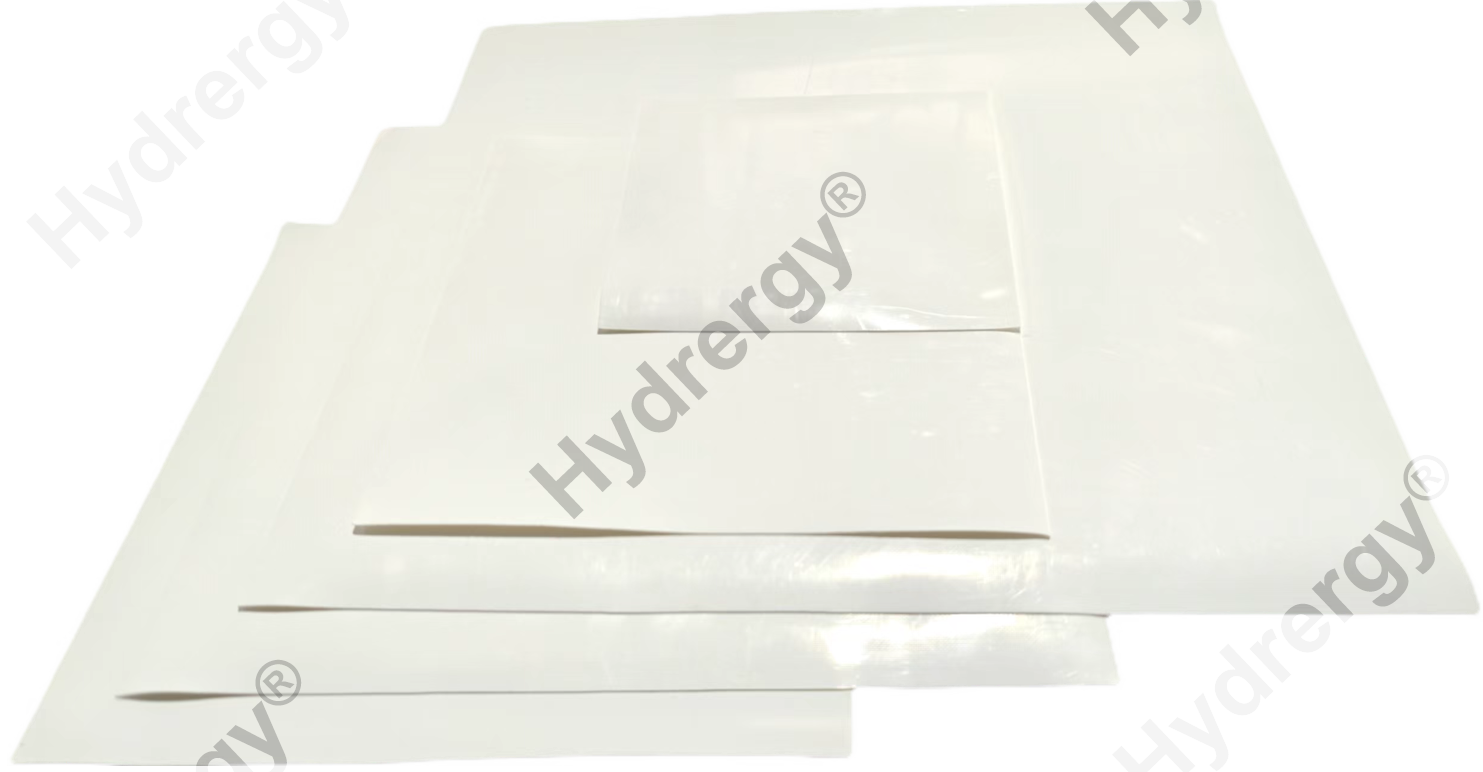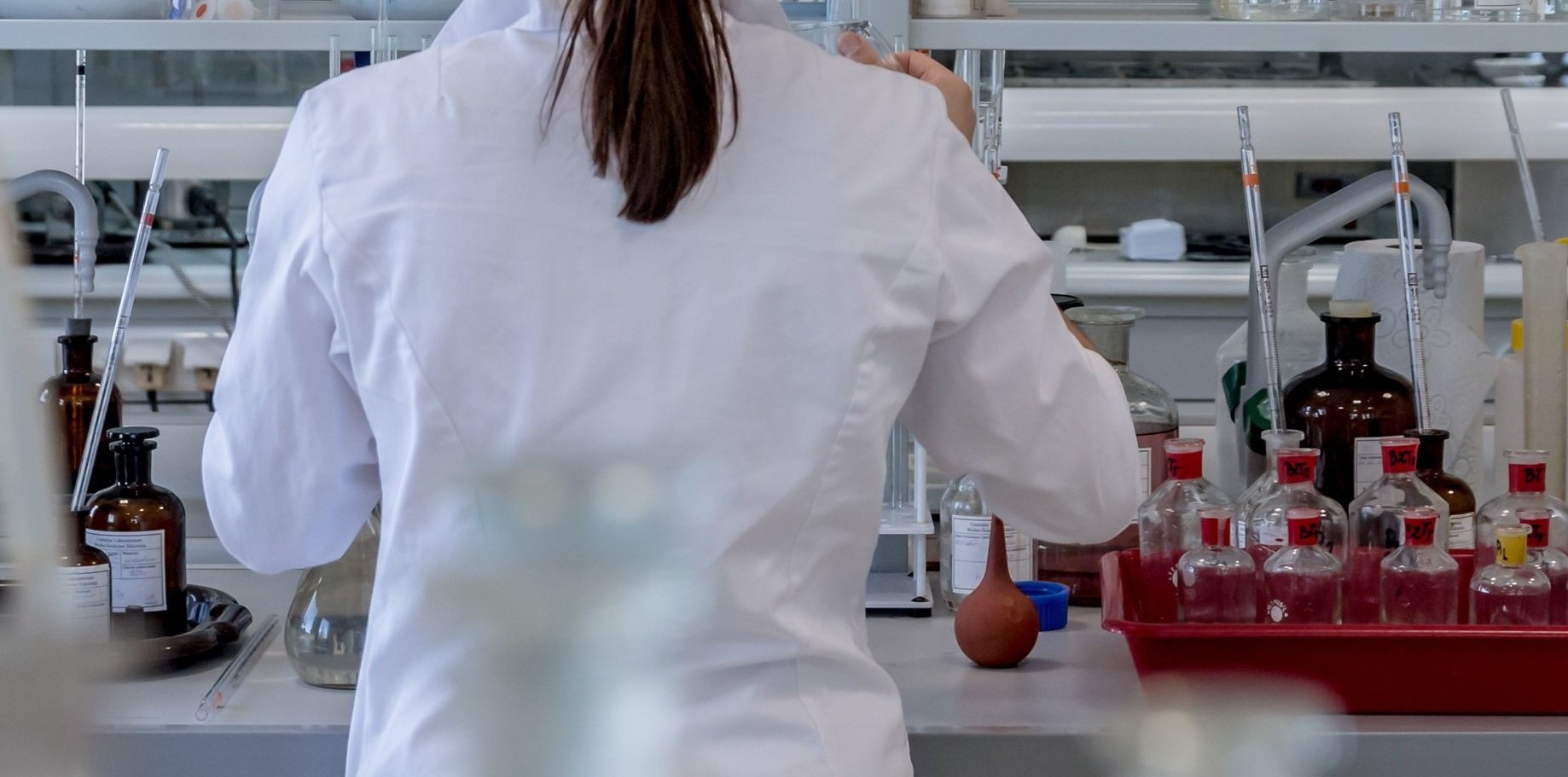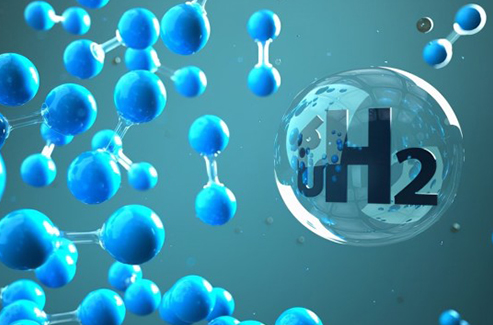 简体中文
简体中文
Composite Membranes for Alkaline Water Electrolysis
Alkaline Water Electrolysis Composite Membranes offer the following core advantages compared to traditional membranes (such as PPS membranes):
1. Enhanced Gas Barrier and Safety
1.1 Ultra-High Bubble Point Pressure: By optimizing the pore structure and surface coating (e.g., zirconium oxide-based materials), the gas barrier is significantly improved. For example, the composite membrane from the Chinese company Carbonxtech, Hydrergy ZSM, achieves a bubble point pressure of over 5 bar, and even after folding, the bubble point pressure remains almost unchanged, far exceeding the traditional PPS membrane value of 0.02 bar. This effectively reduces the risk of hydrogen-oxygen mixing and enhances gas purity in off-grid hydrogen production scenarios.
1.2 Uniform Pore Size: The composite membrane uses a nanometer-scale pore design (average pore size of about 0.08 μm) with a more uniform distribution, which extends the gas diffusion path and further reduces the probability of hydrogen-oxygen crossover.
2. Energy Efficiency and Cost-Effectiveness
2.1 Low Area Resistance and Energy Consumption: Hydrophilic coatings reduce the internal resistance of the composite membrane. High-quality composite membranes typically have an area resistance of less than 0.18 Ω⋅cm².
2.2 Thinner Design: While traditional PPS membranes have a thickness of 700 μm, the composite membrane can be reduced to below 500 μm, shortening the ion transport distance and increasing the current density (up to 1.9 A/cm²).
3. Improved Material Properties and Stability
3.1 Corrosion Resistance and Mechanical Strength: The composite membrane uses a polyphenylene sulfide (PPS) substrate combined with a ceramic coating, offering higher alkali resistance and improved mechanical strength (e.g., tensile strength of 20 MPa).
3.2 Flexibility: Through optimized pore structure and material combination, the composite membrane can withstand 180-degree bending without cracking.
4. Application Scenarios
4.1 Suitability for Off-Grid Hydrogen Production: The composite membrane can maintain high gas purity even at low power input, preventing system shutdowns due to fluctuations in wind and solar energy.
4.2 Compatibility with Large-Scale Electrolyzers: A 1000 Nm³/h electrolyzer requires approximately 1200 m² of membrane area. The composite membrane reduces the cost per unit of hydrogen through low resistance and high gas barrier properties.
5. Manufacturers
Membranes (Zirfon) from the Belgian manufacturer Agfa are very expensive, at around 300 USD/m².Chinese manufacturers like Carbonxtech offer membranes (Hydrergy ZSM) at a price of 90-130 USD/m². With the further expansion of the composite membrane market and economies of scale, membrane costs are expected to decrease further.
In summary, composite membranes, through the optimization of gas barrier, energy efficiency, and stability, have become a key material for improving efficiency and reducing costs in alkaline electrolyzers, driving the large-scale application of green hydrogen.
 Why Must Be Composite Membrane for Alkaline Water Electroyze
Why Must Be Composite Membrane for Alkaline Water Electroyze
 Composite Membranes for Alkaline Water Electrolysis
Composite Membranes for Alkaline Water Electrolysis
 Natural Circulation vs. Forced Circulation in Alkaline Water
Natural Circulation vs. Forced Circulation in Alkaline Water
